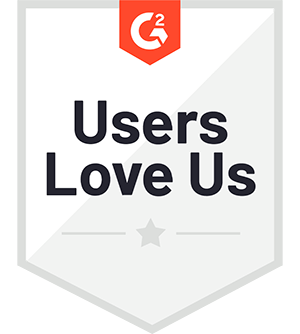Ken Garrett joined our Capital Markets Summit in London to share his vision for the future of digitalization in e-trading. He explored how advanced analytics is transforming the trading landscape, enabling firms to address complex challenges and make smarter, data-driven decisions.
Currently Head of Fixed Income E-trading at ING, Ken has over 20 years of experience implementing cutting-edge trading systems at major institutions like Goldman Sachs, Merrill Lynch, and Bank of America. With a strong foundation in mathematics and data science, Ken has become a leader in driving technological innovation in the financial sector.
When Ken joined ING six years ago, the firm was undergoing a major transformation—replacing legacy systems with a modern technology stack designed to reduce latency, handle large datasets, and enhance decision-making. At the heart of this strategy is kdb+, which Ken positioned as a cornerstone for real-time data aggregation, automation, and advanced analytics.
Watch Ken’s talk below, or read on for six key takeaways that can help your firm navigate the next phase of e-trading’s evolution.
1. Build a strong digital foundation
Ken stresses the importance of establishing a robust technology infrastructure before leveraging advanced capabilities like AI or machine learning.
“A lot of [financial institutions] are talking about having AI,” he says, “but their infrastructure hasn’t been built around it properly. In reality, many aren’t doing it at all.”
Ken highlights that effective aggregation, storage, and interrogation of real-time market data must come first. Without this foundation, even the best machine learning models cannot deliver meaningful insights or performance gains. Success in e-trading, Ken argues, hinges on deriving business value from robust pricing frameworks, data integration, and market connectivity.
2. Choose versatile tools
Ken believes that selecting tools capable of adapting to diverse market conditions is crucial. He points to kdb+’s unique combination of a time series database and vector programming language as a standout advantage.
“It tends to be viewed as a time series database with SQL queries,” he says, “but that’s underselling it. It’s a vector programming language that can also be used as a time series database.”
This versatility allows firms to tackle challenges requiring sophisticated data analysis, real-time insights, and predictive analytics. “It’s not just about high-frequency trading anymore,” Ken adds. “It’s about using the right tools to aggregate and act on data, creating real value in trading strategies.”
3. Balance automation with business value
Ken notes that automation is increasingly necessary to handle rising regulatory pressures and trading volumes. “Automation is happening across the board, whether we want it to or not,” he says.
At ING, automation plays a critical role in managing high volumes efficiently. “Ninety percent of RFQs we price are done by an algorithm,” he explains, “because it’s essential to handle the sheer volume of trades.”
However, Ken emphasizes that automation should not replace traders in strategic decision-making, especially in less liquid markets like bonds. “If I’m trading Czech government bonds that are priced every 15 minutes, do I need a machine? No. There’s no advantage to automation [of an individual trade] over human expertise in such cases,” [when you have 1000s of trades in correlated instruments, data science is helpful].
4. Innovate with data in low-liquidity markets
To tackle the challenges of low-liquidity markets, Ken describes how ING uses varied data and Python-based modeling to estimate market depth and pricing.
By analyzing historical data, client behavior, and dealer activity, ING can confidently offer competitive prices for illiquid assets. “It’s about leveraging historical and behavioral insights to determine where I should be pricing,” Ken explains.
5. Use machine learning to enhance client value
Ken shared how ING applies machine learning to predict client needs and optimize inventory management. “We use historical behavior to recommend bonds to clients, similar to how Amazon suggests products,” he says.
This proactive approach ensures that inventory aligns with client demand, making trading smarter and more efficient. “It’s about adding value by anticipating client needs and optimizing processes.”
6. Prioritize data-led decisions over speed
Finally, Ken notes that the focus in trading is shifting from latency to insight generation.
“There’s a pivot away from always prioritizing latency,” he says. “If you want to move into data-driven models or AI, you need the ability to aggregate and interrogate vast datasets effectively. It’s about making smarter decisions, not just faster ones.”
As firms adopt AI and machine learning to address personalization, price discovery, and other complex challenges, advanced analytics is becoming critical to success. “The problems we’re solving now are multidimensional—blending behavior, history, and predictive analytics—far beyond just execution speed,” Ken concludes.
Now explore how high-performance analytics drives alpha generation in this blog, or learn how KX can help you enhance trade execution quality, manage risk and improve decision-making with pre-trade and post-trade analytics.









